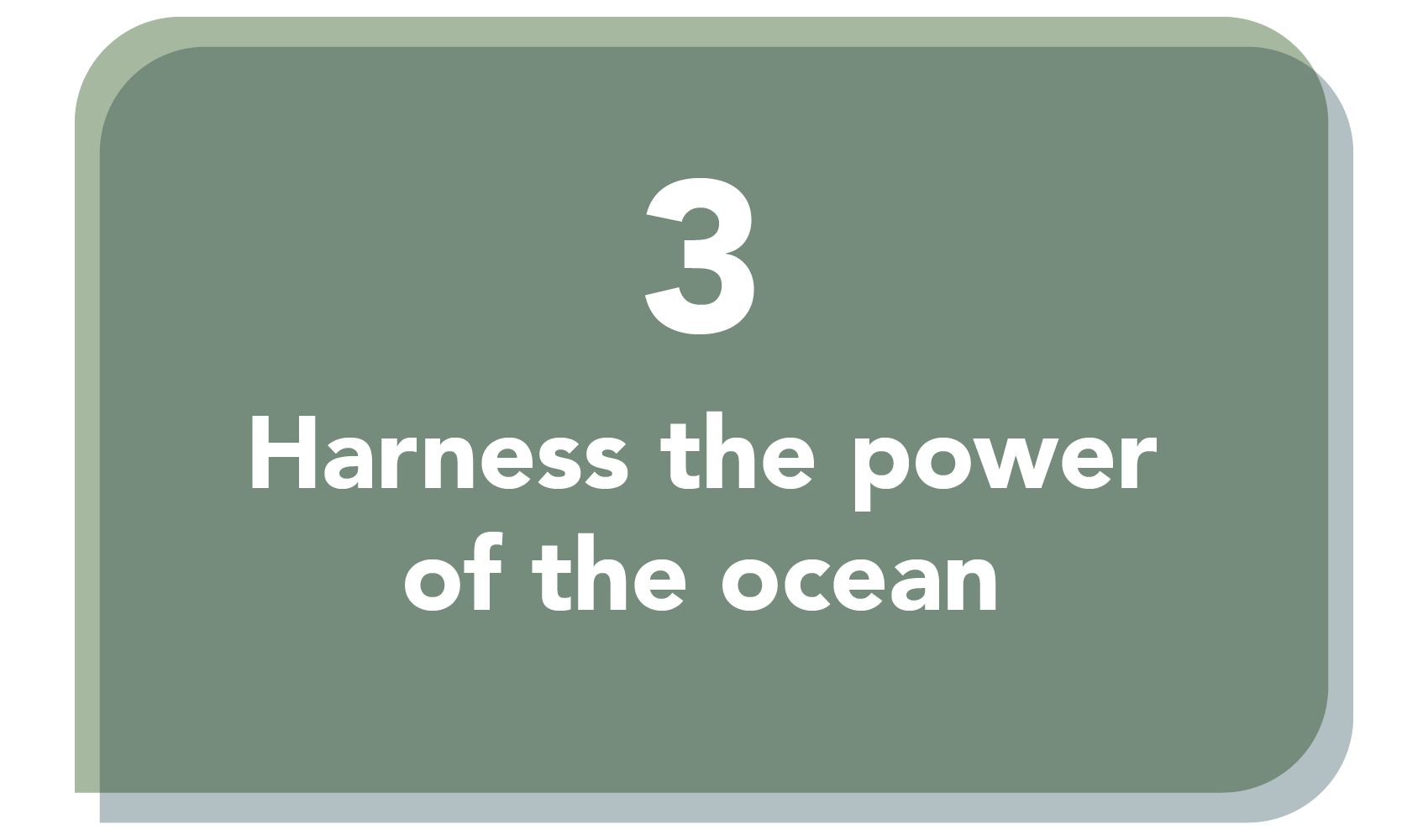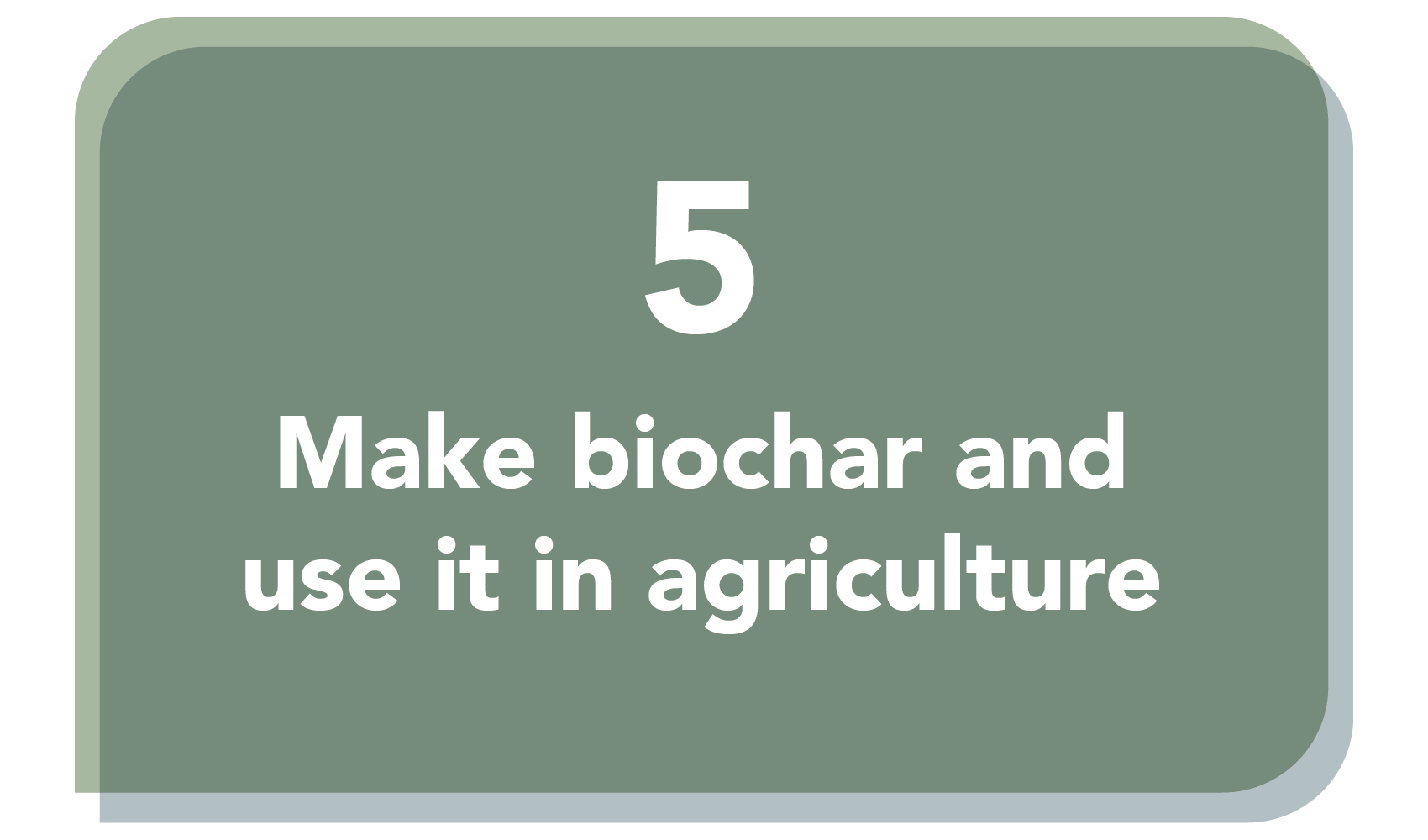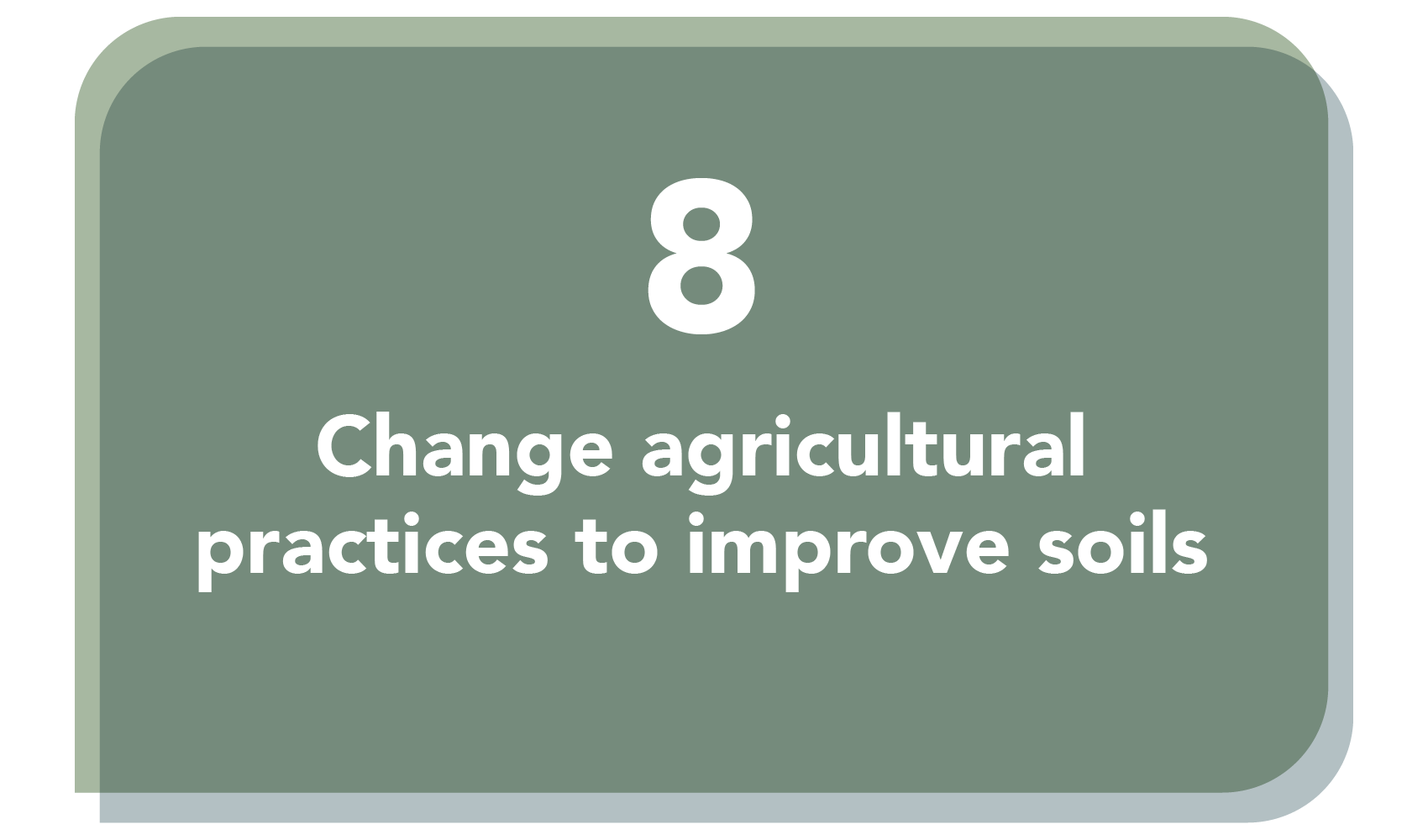
Crops such as miscanthus and coppiced willow can be used to generate electricity, hydrogen, or provide heat.

As they grow, the crops capture CO2 from the air as part of the process of photosynthesis. When the harvested crops are burned to generate electricity, hydrogen or provide heat, they release CO2.

Miscanthus and willow are perennial crops which means they grow back after harvesting; their roots remain in the ground and can store carbon over many years.
The Perennial Biomass Crops Demonstrator is investigating the potential for plants like willow and miscanthus to be grown in the UK, so that they can be used in a process known as Bioenergy with Carbon Capture and Storage (BECCS).

In BECCS, energy is produced by burning biomass, and the resulting CO2 is captured to stop it going back into the air and transported to underground geological stores.
Important considerations for BECCS include how to responsibly source the biomass, land and water that are required, and ensuring the process is net negative – removing more CO2 than it emits.












